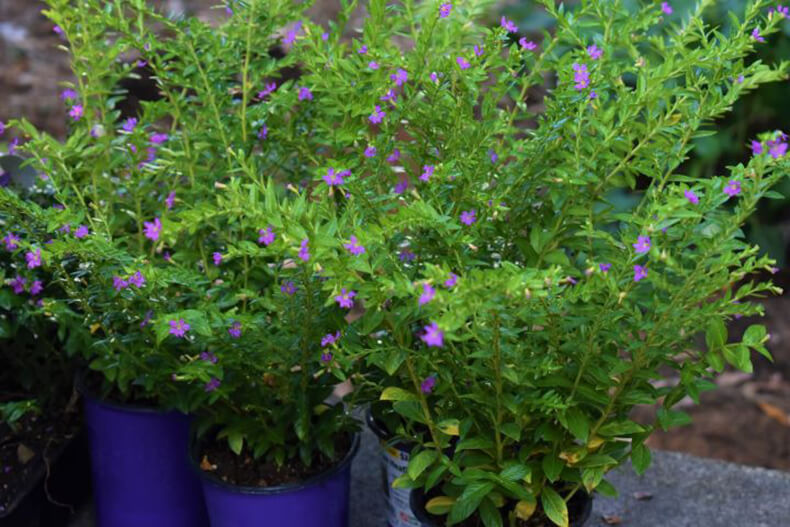
I went to see my dad this weekend. He’s working in the yard, as usual, laying sod to fill in some bare spots. But, in addition to the sod, I see that he has purchased a dozen or so of his favorite plants – Mexican Heather.
My dad absolutely loves this plant. My parents travel a lot since they are retired and he says that no matter how long they are gone, these plants never die.
About Mexican Heather
Mexican heather (Cuphea hyssopifolia) is also referred to as False Heather. This is because it is not the Bonnie heather that grows up in the Scottish Highlands.
Mexican Heather
Botanical Name: Cuphea hyssopifolia
Sun: Full Sun / Partial Shade
Plant Height: 2 feet
Plant Width: 2.5 feet
Landscape Uses: Borders, edging, accents
As the name implies, it is native to Mexico and some neighboring Central American countries. It does well here in Alabama as we’re zone 8 and the zone range for this plant is 8-11. Texas, Florida and other southern states should be a good environment for this plant as well.
The plant is an excellent groundcover that flowers for most of the year. Depending on the variety, you can have white, pink, or light purple flowers. We have always chosen lavender flowers.
Mexican heather is a beautiful choice for your mailbox area, borders along walkways, or as filler in your flower beds. The small, delicate purple flowers can add an excellent pop of color to your landscaping.
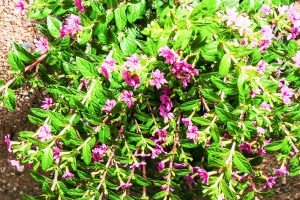 How tall does Mexican heather get?
How tall does Mexican heather get?
The maximum height outside of a container is generally a little over 12-24 inches tall, and it will spread out a bit.
Is Mexican heather an annual or perennial?
Mexican heather can be either a perennial or an annual. In our experience, my dad has always had to replace the majority of the plants each year. I think our zone is on the cusp so if you live elsewhere, you may be able to have the plants come back year after year.
How to Grow and Care for Your Mexican Heather Plant
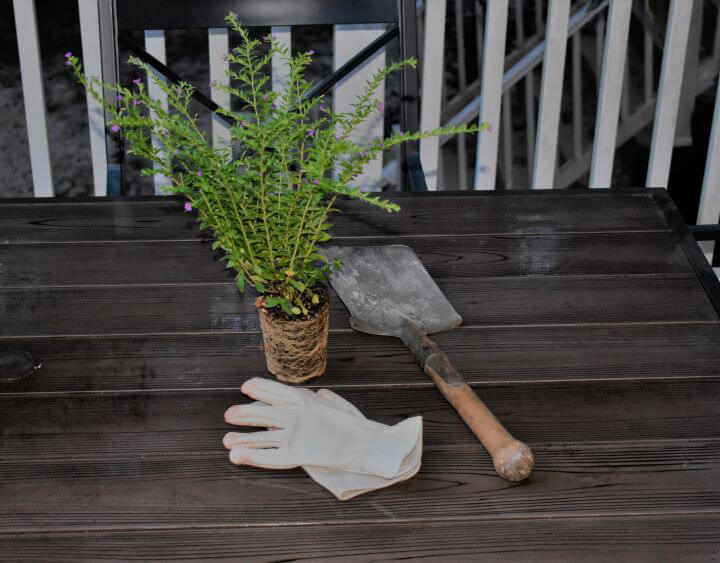
Zone
The hardiness zones for Mexican heather plants are geared towards warmer climes.
The range for these plants is 8-11, which covers the majority of the southeastern United States and extreme western edges of California, Oregon, and Washington.
Sun
Choose a location that will get full sun to partial shade. If Mexican heather receives too much sun, you will notice that the foliage will start to fade a bit.
However, the plants are pretty hardy, so it should not be difficult to find a location.
Soil
You will want to plant Mexican heather about 2-3 feet apart in soil that drains well.
It will need to be irrigated frequently but should align with your regular watering schedule for your lawn. Of course, during the summer you may need to water more often.
Moisture Level
Feel the soil about an inch or so below the surface. If the soil is dry to your touch, it is low on moisture.
Mexican Heather Fertilizer Requirements
Add in a bit of slow-release fertilizer when you first plant your Mexican Heather. The granules will slowly release nutrients into the ground during the growing season.
You can also use a water-soluble plant fertilizer or compost to feed your plants.
The amount of fertilizer you use on your Mexican Heather is dependent on how often you water it. When you water your plants daily during the hot summer, you may want to feed them with a bit more fertilizer.
Pruning
My dad lets his Mexican heather plants grow pretty freely.
However, if you have planted them along a walkway or other border area, you may need to prune them to keep them in check.
Insects
As I’ve noted before, Mexican heather plants are super hardy, and we’ve never had any issues with insects. However, others have pointed out that Mexican heather can be pretty attractive to flea beetles, so be on the lookout for them.
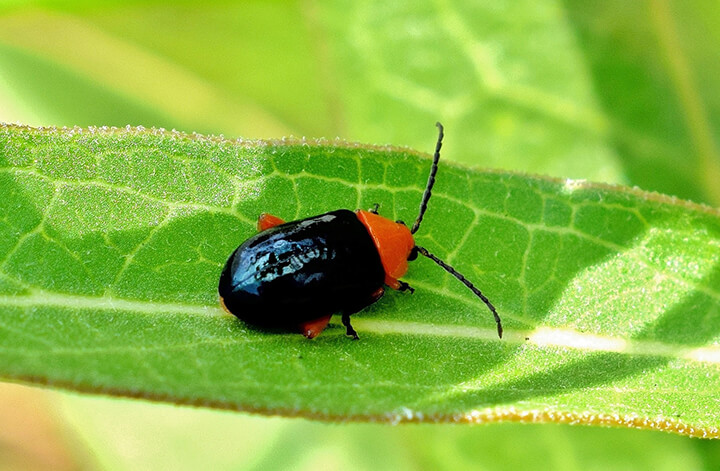
They are tiny black insects with long antennae, and they love to chew holes in plant leaves. If you find them in your garden, there are both professional and homemade remedies to get rid of them.
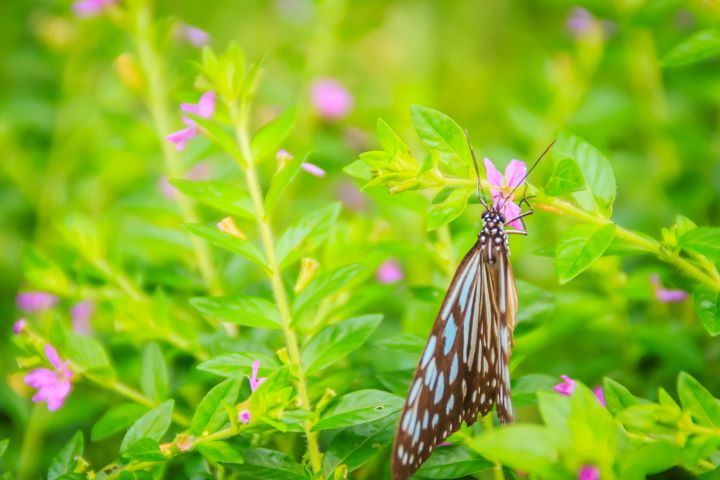
Summary
If you are a novice gardener, or maybe just a busy one, I think you will find Mexican heather to be a great choice. It’s an attractive, hardy plant with an extremely long blooming period.
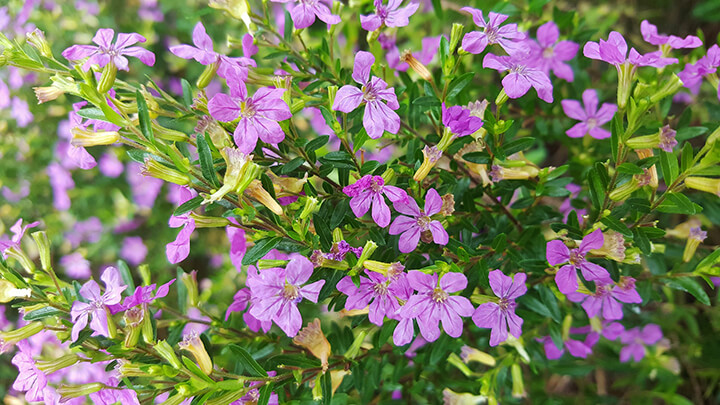
Mexican heather is a plant that will thrive in areas where other plants may have struggled.



